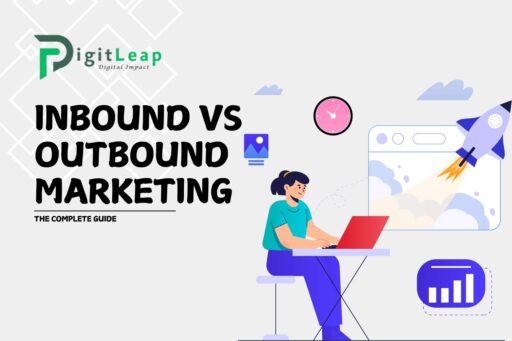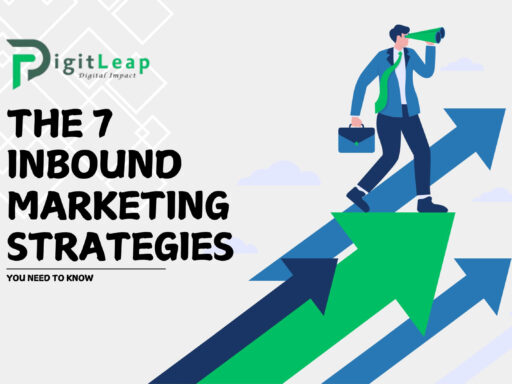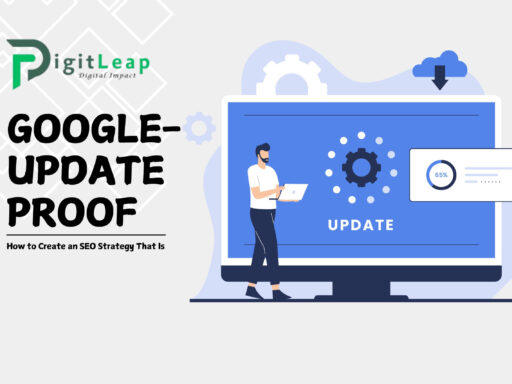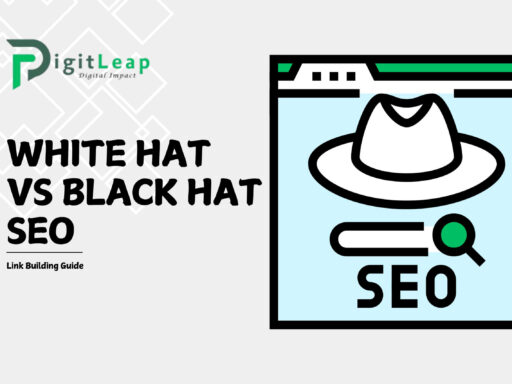Inbound vs Outbound Marketing: The Complete Guide
In the world of marketing, there are two primary approaches: inbound marketing and outbound marketing. Each has its unique tactics, advantages, and challenges, and understanding the difference between them is crucial for businesses looking to build effective marketing strategies. While inbound marketing focuses on drawing customers in through valuable content and organic interaction, outbound marketing pushes messages out to a broad audience, hoping to capture attention through direct outreach.
In this guide, we’ll explore the key differences between inbound and outbound marketing, the strengths and weaknesses of each approach, and how to choose the right strategy for your business.
What is Inbound Marketing?
Inbound marketing is all about attracting potential customers by providing them with valuable, relevant content that addresses their needs or interests. Rather than interrupting people with ads or cold calls, inbound marketing draws them in organically by offering solutions to their problems. This method creates long-term engagement and builds trust, positioning your business as a helpful and credible resource.
Inbound marketing relies on creating content that your target audience is already looking for. Once you capture their attention, you guide them through the buyer’s journey, from awareness to consideration and finally, to decision-making.
Key Tactics of Inbound Marketing
- Content Marketing: Creating blog posts, videos, infographics, ebooks, and other valuable resources that inform and educate your audience. The goal is to attract potential customers who are actively searching for answers to their questions.
- SEO (Search Engine Optimization): Optimizing your website and content for search engines so that your audience can find you when they’re looking for information online. This involves keyword research, on-page optimization, and link-building strategies.
- Social Media Marketing: Sharing valuable content and engaging with your audience on social media platforms to build brand awareness and foster relationships.
- Email Marketing: Nurturing leads and keeping your audience engaged through personalized email campaigns that provide useful information, offers, or updates.
- Lead Nurturing and Automation: Using marketing automation tools to send tailored content to leads based on their behavior, guiding them through the buyer’s journey.
Inbound marketing is highly customer-focused and aims to attract people who are already interested in what you offer, making it more efficient in building long-term relationships and trust.
What is Outbound Marketing?
Outbound marketing, on the other hand, is a more traditional approach that involves pushing your message out to a large audience, regardless of whether they’ve expressed interest in your product or service. This method is sometimes referred to as “interruptive marketing” because it interrupts people with advertisements or offers they may not have been actively seeking.
Outbound marketing tactics aim to grab attention and drive immediate action. This type of marketing is often used for brand awareness and to reach a broad audience quickly.
Key Tactics of Outbound Marketing
- Television and Radio Ads: Broadcasting commercials to a mass audience in the hope of reaching potential customers. This is one of the oldest forms of outbound marketing.
- Print Ads: Placing ads in newspapers, magazines, billboards, and direct mail to capture attention in physical spaces.
- Cold Calling: Contacting potential customers directly through unsolicited phone calls to pitch your product or service.
- Email Blasts: Sending mass email campaigns to a large list of recipients, regardless of their interest or engagement level. These emails often promote sales, discounts, or new product launches.
- Pay-Per-Click (PPC) Advertising: Running ads on platforms like Google, Facebook, or LinkedIn, where you pay for each click or impression. While this can be effective, it’s still considered outbound marketing because it targets users who may not be actively seeking your solution.
Outbound marketing tends to focus on reaching as many people as possible, often through disruptive methods, with the goal of capturing their attention quickly.
Key Differences Between Inbound and Outbound Marketing
The fundamental difference between inbound and outbound marketing lies in the approach. Inbound marketing is about attraction and engagement, while outbound marketing is about interruption and broadcasting. Here are the main distinctions:
- Focus: Inbound marketing focuses on providing value and answering the questions or problems of potential customers, attracting them to your business naturally. Outbound marketing, on the other hand, focuses on getting your message in front of as many people as possible, hoping that a percentage will respond.
- Audience Targeting: Inbound marketing is highly targeted, aimed at people who are actively searching for information or solutions. Outbound marketing targets a broad audience, many of whom may not be interested in your product or service at the time.
- Engagement: Inbound marketing encourages two-way communication and interaction. Customers can engage with your content, leave comments, ask questions, or reach out directly. Outbound marketing is typically one-sided, with the brand broadcasting its message to a passive audience.
- Cost: Inbound marketing often has a lower long-term cost because it focuses on organic traffic and building relationships. Outbound marketing, especially paid advertising and cold calling, can be more expensive and requires ongoing investment to maintain visibility.
- Timing: Inbound marketing takes time to build momentum, as it relies on organic traffic and long-term content strategies. Outbound marketing can generate quick results, especially if you’re running a large-scale advertising campaign.
Pros and Cons of Inbound Marketing
Pros:
- Builds Trust and Authority: By providing valuable content, you establish your brand as a thought leader in your industry.
- Cost-Effective: In the long run, inbound marketing can be more cost-effective because it focuses on organic growth.
- Targets Interested Leads: Inbound marketing attracts people who are already searching for solutions, making them more likely to convert.
- Long-Term Impact: High-quality content continues to drive traffic and generate leads long after it’s published.
Cons:
- Takes Time: Building an inbound strategy takes time, and you may not see immediate results.
- Requires Continuous Effort: To maintain engagement, you need to consistently create and update content.
Pros and Cons of Outbound Marketing
Pros:
- Immediate Results: Outbound marketing can generate quick awareness and leads, especially when launching a new product or promotion.
- Broad Reach: With outbound marketing, you can reach a large audience quickly, which can be helpful for brand awareness.
- Easier to Scale: Outbound tactics, such as paid ads, can be easily scaled to reach a larger audience with more investment.
Cons:
- Expensive: Outbound marketing often requires significant ongoing investment, especially with paid ads or traditional media campaigns.
- Interruptive: It can be seen as disruptive, which may lead to a negative brand impression.
- Less Targeted: Many outbound tactics target a broad audience, which means you may be paying to reach people who aren’t interested in your product or service.
When to Use Inbound Marketing
Inbound marketing is ideal if:
- You’re looking to build long-term relationships with your customers.
- You want to establish your brand as an authority in your industry.
- You have a limited budget and want to focus on organic traffic growth.
- You’re targeting customers who are in the research or consideration phase of the buyer’s journey.
When to Use Outbound Marketing
Outbound marketing works well if:
- You need quick results, such as during a product launch or sale.
- You have a large budget and want to reach a broad audience quickly.
- Your goal is brand awareness rather than immediate conversions.
- You want to target audiences that might not be actively searching for your product but could still be interested.
Combining Inbound and Outbound Marketing
The most successful marketing strategies often combine both inbound and outbound tactics. For example, you might use outbound methods like paid ads to drive traffic to a piece of high-quality content, which is part of your inbound strategy. Or, you could nurture leads through inbound marketing, then use outbound techniques like cold emailing to close the sale.
Combining both strategies allows you to reach a larger audience while still building meaningful relationships with your target market.
Conclusion
Both inbound and outbound marketing have their place in a comprehensive marketing strategy. Inbound marketing focuses on building trust and long-term engagement by providing value, while outbound marketing aims to create immediate visibility through direct outreach. Depending on your business goals, timeline, and budget, you may want to use one or both of these strategies to maximize your reach and impact.
At DigitLeap, we specialize in helping businesses develop well-rounded marketing strategies that incorporate the best of both inbound and outbound approaches. Whether you’re looking to build long-term relationships or generate quick wins, we can guide you through the process and help you achieve lasting success.






